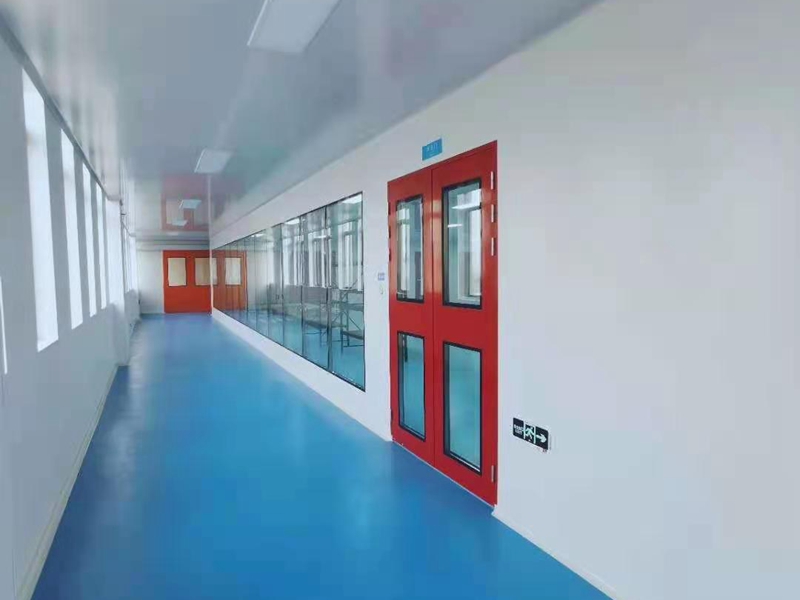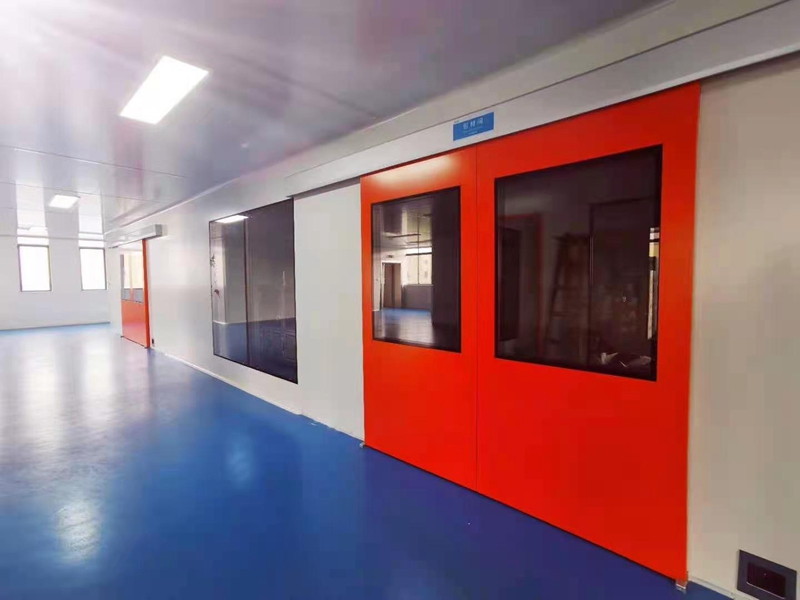

With the rapid development of modern industry, dust free clean room have been widely used in all walks of life. However, many people do not have a comprehensive understanding of dust free clean room, especially some related practitioners. This will directly lead to the incorrect use of dust free clean room. As a result, the cleanroom workshop environment is damaged and the defective rate of products increases.
So what exactly is dust free clean room? What kind of evaluation criteria is used to classify it? How to correctly use and maintain the environment of the dust free clean room?
What is dust free clean room?
Dust free clean room, also called clean workshop, clean room, and dust free rooms, refer to the elimination of pollutants such as particles, harmful air, bacteria, etc. in air within a certain space, and the indoor temperature, cleanliness, indoor pressure, air velocity and air distribution, noise, vibration, lighting, and static electricity are controlled within a certain range of requirements, and a specially designed room is given.
Simply put, the dust free clean room is a standardized production space designed for certain production environments that require hygienic levels. It has broad application prospects in the fields of microelectronics, opto-magnetic technology, bioengineering, electronic equipment, precision instruments, aerospace, food industry, cosmetics industry, scientific research and teaching, etc.
There are currently three most commonly used clean room classification standards.
1. ISO standard of the International Organization for Standardization: clean room rating based on the dust particle content per cubic meter of air.
2. American FS 209D standard: based on the particle content per cubic foot of air as the basis for rating.
3. GMP (Good Manufacturing Practice) rating standard: mainly used in the pharmaceutical industry.
How to maintain clean room environment
Many dust free clean room users know how to hire a professional team to build but neglect post-construction management. As a result, some dust free clean rooms are qualified when completed and delivered for use. However, after a period of operation, the particle concentration exceeds the budget. Therefore, the defective rate of products increases. Some are even abandoned.
Clean room maintenance is very critical. It is not only related to product quality, but also affects the service life of the clean room. When analyzing the proportion of pollution sources in clean room, 80% of the pollution is caused by human factors. Mainly polluted by fine particles and microorganisms.
(1) Personnel must wear dust free cloth before entering clean room.
The anti-static protective clothing series are developed and produced including anti-static clothing, anti-static shoes, anti-static caps and other products. It can reach the cleanliness level of class 1000 and class 10000 through repeated cleaning. The anti-static material can reduce dust and hair. It can absorb small pollutants such as silk and other small pollutants, and can also isolate sweat, dander, bacteria, etc. produced by human body metabolism. Reduce pollution caused by human factors.
(2) Use qualified wiping products according to clean room grade.
The use of unqualified wiping products is prone to pilling and crumbs, and breeds bacteria, which not only pollutes the workshop environment, but also causes product contamination.
Dust free cloth series:
Made of polyester long fiber or ultra-fine long fiber, it feels soft and delicate, has good flexibility, and has good wrinkle resistance and wear resistance.
Weaving processing, not easy to pilling, not easy to shed. Packaging is completed in a dust-free workshop and processed through ultra-clean cleaning to prevent bacteria from easily growing.
Special edge sealing processes such as ultrasonic and laser are applied to ensure that the edges are not easily separated.
It can be used in production operations in class 10 to class 1000 clean room to remove dust on the surface of products, such as LCD/microelectronics/semiconductor products. Clean polishing machines, tools, magnetic media surfaces, glass, and the interior of polished stainless steel pipes, etc.
Post time: Dec-21-2023

